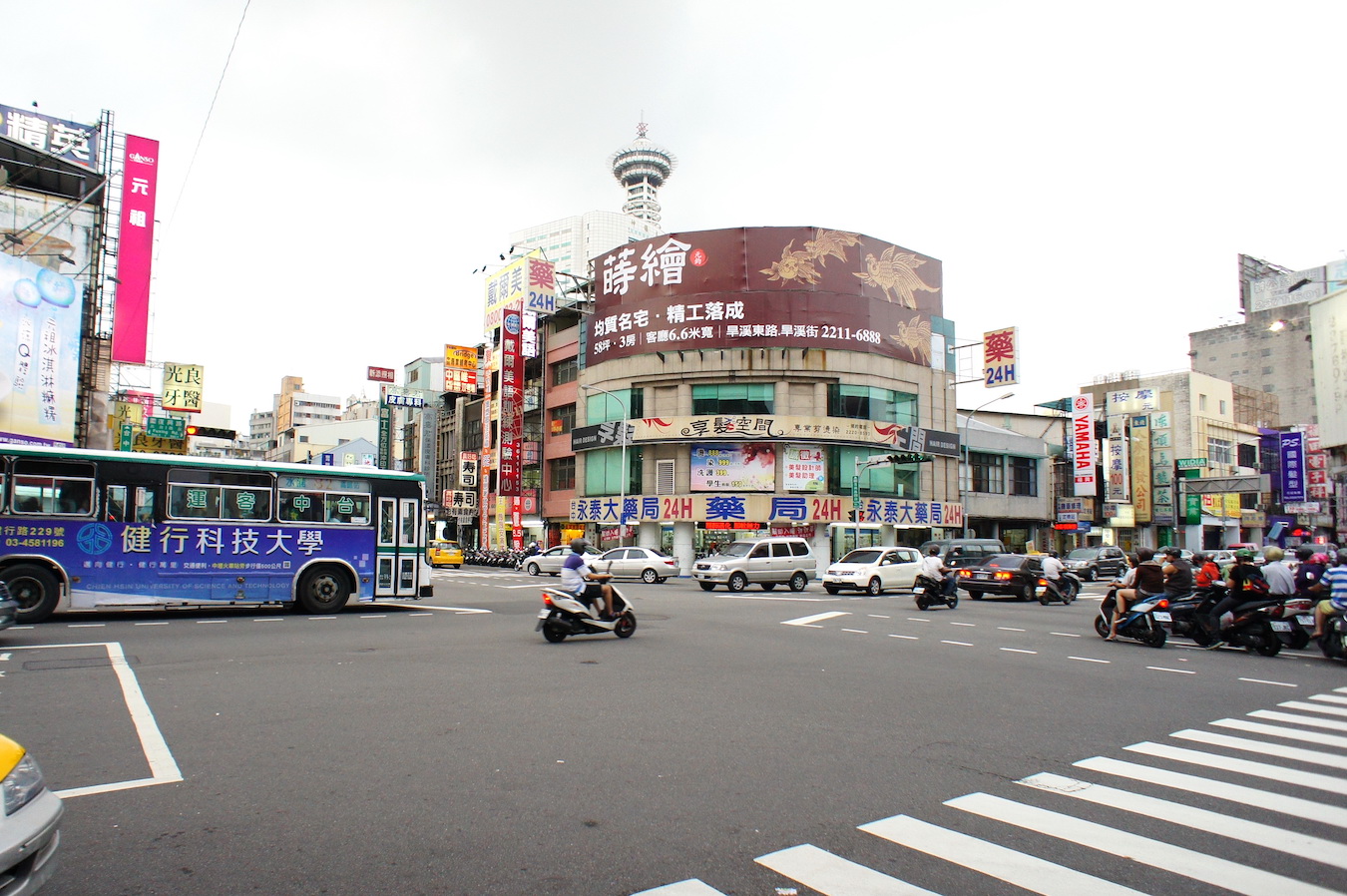by Brian Hioe
語言:
English
Photo Credit: 毛貓大少爺/WikiCommons/CC BY-SA 2.0
IN AUGUST, legal changes to the “Three Gender Equality” laws were passed by the legislature. This was in response to the wave of #MeToo cases that Taiwan has been swept by since late May. Nevertheless, though few of the high-profile cases touched on the issue directly, there has also been increased discussion of “deepfake” images, “revenge porn”, and digitally altered images, as they target women in particular.
Discussion of this issue, too, occurred after the high-profile domestic abuse case in late 2021 in which legislator Kao was the victim of assault from her then-partner, Lin Bing-shu. Kao was threatened by Lin with releasing sexually explicit images. However, the issue most directly was centered in the news after a 2021 arrest brought to light that a YouTuber, Xiao Yu, was running deepfake ring run on Telegram that circulated doctored images and video of mostly female Taiwanese politicians, YouTubers, and other public figures. The deepfake ring has been compared to South Korea’s “Nth Room” incident and had over 8,000 users, some of which commissioned custom videos of lesser-known, non-public individuals from the ring.
Consequently, last month, the Ministry of Health and Welfare announced that the new laws would take effect, requiring that online platforms take down nonconsensual online images and stating that online platforms would be fined or blocked if they did not comply.
Previously, last October, DPP legislators Fan Yun and Kao Chia-yu held a press conference in October to call for stronger action on the misuse of sexually explicit images, such revenge porn, deepfakes, or images otherwise taken without consent and used for coercive purposes. The press conference was held jointly with civil societies such as the Judicial Reform Foundation, Taipei Women’s Rescue Foundation, and Garden of Hope Foundation, the latter two of which are prominent women’s groups in Taiwan.
 Photo credit: Mk2010/WikiCommons/CC BY-SA 3.0
Photo credit: Mk2010/WikiCommons/CC BY-SA 3.0
The press conference was to call for changes to a draft bill from the Executive Yuan on the issue, which was criticized by advocates as too weak. Specifically, Fan and Kao were critical of that penalties in the bill specified less than two years in jail for such infringements. Fan and Kao claimed that this was insufficient to be a deterrent on use of sexually explicit images for blackmail and other coercive means.
Likewise, Fan and Kao were critical of that the bill did not do enough to address the issues of how images on the Internet take on a life of their own, beyond where they were originally posted. After all, online images may continue to spread independently of the original post on social media or on a website. The press conference brought up an example of a ruling in which a judge did not rule that images were spread because they were only shared with one other individual, as one case in which the law fell short of addressing issues regarding the spread or potential spread of images.
It is to be seen how the new legislation fares, then. But in the past, calls to strengthen legislation to address the issue of sexually explicit images circulated without the consent of those in them will run up against Internet privacy concerns, such as sank the National Communications Commission’s initial draft Digital Intermediary Services Act last summer. The Digital Intermediary Services Act also aimed to deal with the issue of revenge porn, deepfakes, disinformation, and the like, but was criticized because the scope of the regulations were seen as unclear and wide-ranging, and because it places the onus on platforms to self-regulate.
Nevertheless, regulation can be difficult for smaller, volunteer-run platforms such as Internet forums such as PTT and Bahamut to handle, given lack of resources compared to larger platforms. Some platforms lack a clear legal entity and requirements to remove offending images in a certain timeframe may require combing through vast amounts of innocuous content for the small amount that is illegal–a way in which the legislation was criticized for treating all platforms as though they were the same. It may still to be seen as to what legislation is able to balance the ability to remove non-consensual images without overburdening platforms that may lack the resources to deal with the burden of content removal.

